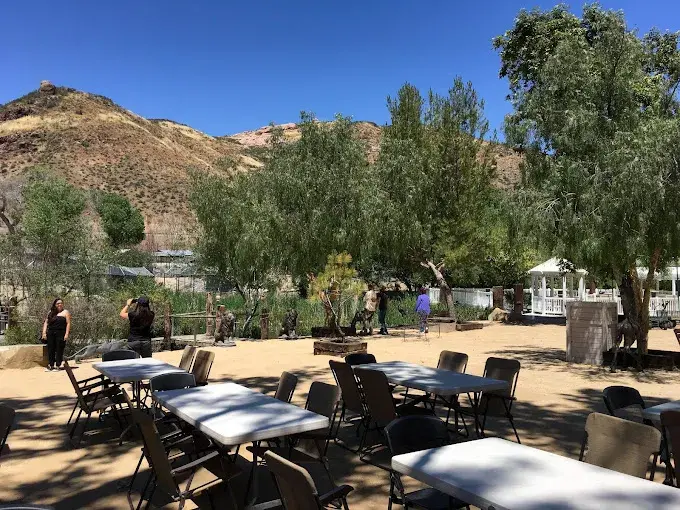Explore Wildlife Conservation at The Roar Foundation/Shambala Preserve in Acton, CA

The Roar Foundation/Shambala Preserve in Acton, CA, stands as a testament to the enduring commitment to wildlife conservation, particularly for exotic big cats that have faced exploitation and neglect. Since its inception in 1983 by actress Tippi Hedren, Shambala has not only served as a sanctuary for these majestic animals but also as an educational platform that highlights the critical issues facing wildlife today. By engaging with the community through tours and educational programs, the preserve emphasizes the importance of conservation efforts and the role each individual can play. As we consider the future of such initiatives, one must ponder, what challenges lie ahead for conservation efforts in such specialized sanctuaries?
Discovering Shambala’s History in Acton, CA
Established in 1983 by actress and activist Tippi Hedren, The Roar Foundation/Shambala Preserve has been dedicated to providing sanctuary for exotic big cats. Located in the serene foothills of the Sierra Pelona Mountains in Acton, California, Shambala became a haven for these majestic animals, many of whom were rescued from harsh conditions in circuses, private ownership, and often from the brink of euthanasia.
The foundation was born out of a deep-seated need to offer a lifeline to creatures who otherwise faced bleak futures. Hedren’s passion for animal welfare sparked a movement that drew support from across the nation, creating a strong community of conservation advocates and wildlife enthusiasts. This shared commitment has been pivotal in sustaining the preserve’s mission over the decades.
As a member of this community, each visitor and supporter plays a crucial role in the ongoing story of Shambala. The connection fostered here extends beyond mere support; it embodies a collective endeavor to ensure a safer, more respectful world for wildlife.
Shambala not only offers refuge to its residents but also educates the public about the critical issues facing these species in the wild, reinforcing a bond between human and animal in the quest for coexistence and mutual respect.
Wildlife Rescue and Rehabilitation Efforts
Shambala Preserve regularly engages in critical wildlife rescue and rehabilitation efforts, providing a vital sanctuary for big cats in distress. Through comprehensive care and recovery programs, the Preserve not only offers a safe haven but also focuses on the health and psychological well-being of each animal.
The team, consisting of experienced veterinarians and wildlife specialists, implements personalized treatment plans that cater to the specific needs of rescued big cats, many of whom have suffered from neglect, abuse, or displacement.
The rehabilitation process at Shambala is meticulous, emphasizing both physical healing and behavioral enrichment. This approach ensures that each animal can thrive in a secure and stimulating environment, mimicking their natural habitats as closely as possible.
Education plays a crucial role in Shambala’s mission, with programs designed to inform visitors and supporters about the challenges these majestic creatures face in the wild and in captivity.
Community involvement is encouraged, fostering a sense of belonging and collective responsibility towards wildlife conservation. By participating in Shambala’s initiatives, individuals contribute to a larger movement dedicated to the preservation and well-being of endangered species, forging a deep connection with nature and its invaluable creatures.
In conclusion, The Roar Foundation/Shambala Preserve represents a vital sanctuary in the landscape of wildlife conservation. Through its relentless rescue efforts and educational programs, it not only secures a future for endangered big cats but also ignites a passion for environmental stewardship among its visitors.
As a beacon of hope and action, Shambala exemplifies the profound impact of dedicated conservation, ensuring these majestic creatures thrive for generations to come, under the watchful eyes of committed caretakers.